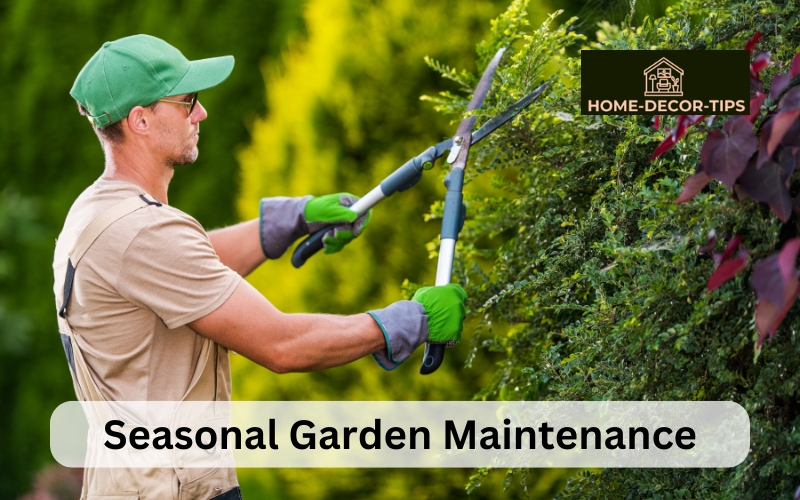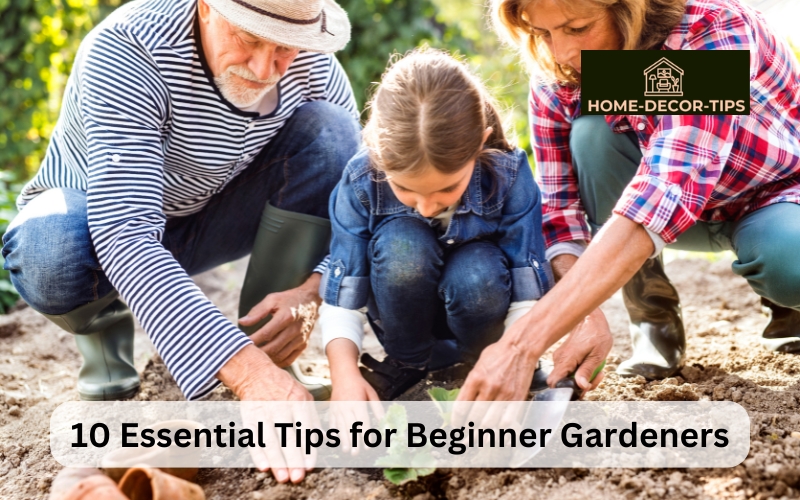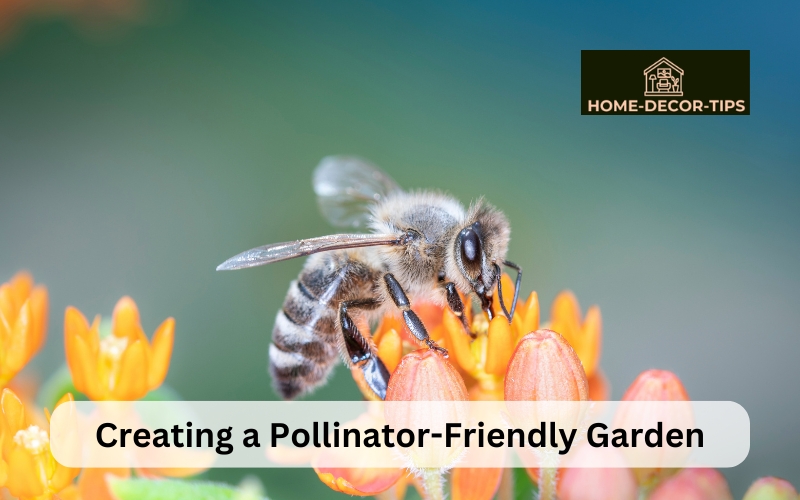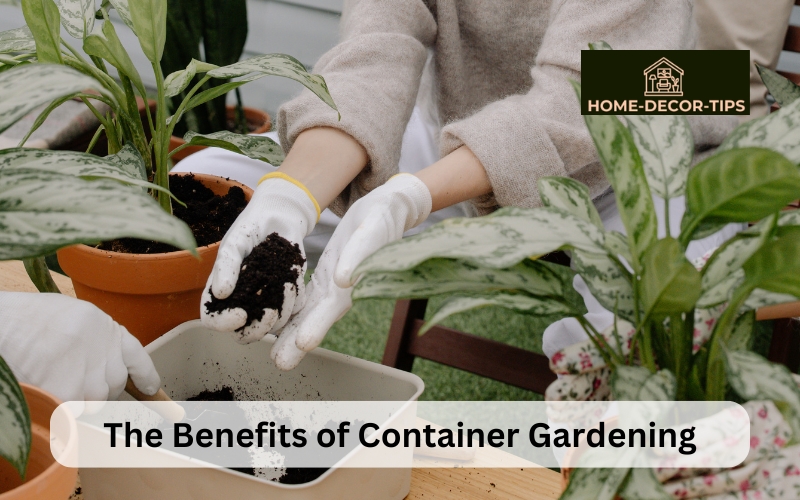Seasonal Garden Maintenance: A Year-Round Guide to Keeping Your Garden Healthy and Thriving

Maintaining a healthy and thriving garden requires ongoing care and attention throughout the year. By following a seasonal maintenance schedule, you can ensure that your garden remains beautiful and productive in every season. Here’s a comprehensive guide to seasonal garden maintenance, with tips and tasks for each season:
Spring:
Clean Up:
Begin the gardening season by cleaning up debris, fallen leaves, and dead plant material from the winter months. Clear out any weeds that have emerged and tidy up garden beds and borders.
Prune and Trim:
Prune shrubs, trees, and perennial plants as needed to remove dead or damaged branches and encourage healthy growth. Trim back overgrown vegetation and shape plants for a neat and tidy appearance.
Prepare Soil:
Prepare garden beds for planting by amending soil with compost, organic matter, and balanced fertilizer. Turn over the soil to loosen compacted areas and improve drainage.
Plant and Divide:
Plant cool-season vegetables, annual flowers, and early-blooming perennials as soon as the soil is workable. Divide overcrowded perennials to rejuvenate plants and promote better growth.
Mulch and Weed:
Apply a layer of organic mulch to garden beds to conserve moisture, suppress weeds, and regulate soil temperature. Keep up with weeding to prevent competition for nutrients and space.
Summer:
Water Regularly:
Water plants deeply and consistently, especially during hot and dry periods. Water early in the morning or late in the evening to minimize evaporation and reduce water stress on plants.
Fertilize and Feed:
Apply a balanced fertilizer or compost tea to feed hungry plants and promote healthy growth. Fertilize container plants more frequently to replenish nutrients lost through watering.
Deadhead Flowers:
Remove spent blooms from flowering plants to encourage continuous flowering and prevent the formation of seeds. Deadheading also improves the overall appearance of the garden.
Monitor Pests and Diseases:
Keep an eye out for signs of pest infestations and disease outbreaks, such as chewed leaves, discolored foliage, or unusual growth patterns. Take prompt action to control pests and diseases using organic methods whenever possible.
Harvest Regularly:
Harvest ripe fruits, vegetables, and herbs regularly to encourage continued production and prevent overripening or spoilage. Enjoy the bounty of your garden by incorporating fresh produce into meals or preserving it for later use.
Fall:
Clean Up and Clear Out:
Remove spent annuals, vegetable plants, and diseased foliage from the garden to prevent the spread of pests and diseases. Clean and store garden tools and equipment for winter.
Plant Fall Crops:
Plant cool-season vegetables, such as carrots, radishes, lettuce, and spinach, for a late-season harvest. Plant spring-flowering bulbs, such as tulips and daffodils, for colorful blooms next year.
Mulch and Protect:
Apply a thick layer of mulch to garden beds to insulate plant roots, retain moisture, and protect soil from erosion. Mulch also helps regulate soil temperature and prevents frost heaving in winter.
Prune and Divide:
Prune back perennials and shrubs that have finished flowering, removing dead or diseased branches and shaping plants for winter interest. Divide and transplant overcrowded perennials to rejuvenate plants and promote better growth next season.
Prepare for Winter:
Prepare tender plants for winter by mulching or covering them with frost cloth or row covers. Drain and store garden hoses, shut off outdoor water sources, and winterize irrigation systems to prevent freezing and damage.
Winter:
Plan and Dream:
Use the winter months to plan and dream about next year’s garden. Research new plants, design ideas, and gardening techniques to incorporate into your garden next season.
Order Seeds and Supplies:
Order seeds, bulbs, and gardening supplies for the upcoming growing season. Take inventory of your existing supplies and equipment and replace or replenish as needed.
Maintain Tools:
Clean and sharpen garden tools and equipment to keep them in good working condition. Store tools in a dry, protected area to prevent rust and deterioration.
Feed Birds and Wildlife:
Provide food, water, and shelter for birds and wildlife during the winter months. Set up bird feeders, bird baths, and nesting boxes to attract and support local wildlife.
Reflect and Relax:
Take time to reflect on the successes and challenges of the past gardening season and appreciate the beauty of your winter garden. Use this time to rest and recharge before the busy gardening season begins again.
By following this year-round guide to seasonal garden maintenance, you can keep your garden healthy, vibrant, and thriving in every season. With proper care and attention, your garden will reward you with beauty, bounty, and joy throughout the year.







